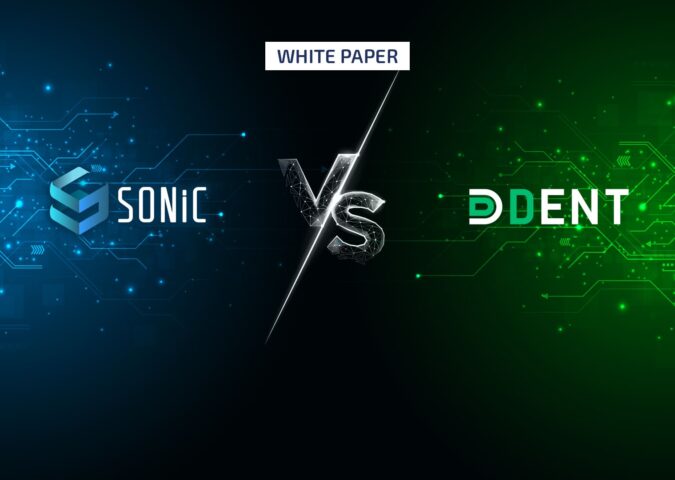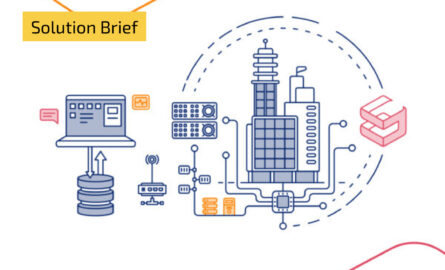White Paper Abstract
After enjoying great success in hyper-scale data centers, a key player called SONiC is now confidently moving into the enterprise market, while DentOS relies on its own impressive capabilities and latest developments to follow behind as a close competitor. In this white paper, we will examine and compare the technical characteristics, industry focus, development potential, and community support of both of these powerful NOS options to help you determine which one best meets your organization’s needs.
Contents
How Open Networking Benefits Businesses
The variety of options
The range of available Network Operating Systems (NOS) is expanding quickly as a result of a competition-driven innovation race which enables organizations to choose the best option to match their use case. Classic, proprietary NOS solutions come with license fees but promise reliable support and new features to be added by the vendor. With this approach, users rely on the vendor’s roadmap for innovation within the product and have a little to no control over its functionality.
Production-ready open solutions like SONiC (Software for Open Networking in the Cloud) and the Dent operating system have emerged as a new phenomena on the NOS market. By adopting a white box model powered by open-source NOS within their environments, organizations can benefit from network disaggregation, which helps reduce the CAPEX on integration and remove license costs from the equation.
PLVision, a custom software product development company which has integrated popular NOSes like SONiC and DentOS with various vendor platforms, serves as a trusted guide for open software adoption, providing design, implementation, extension, and enterprise-class support.
SONiC and DentOS – the Two Most Prominent Open NOSes
Different global tech players have previously tried to initiate the development of open NOSes, like Facebook with FBOSS, HP with OpenSwitch, International Computer Science Institute with XORP, and Dell with OPX. However, these solutions did not gain wide adoption outside their initial developer community, and thus failed to become transformational. In the open NOS evolution, however, SONiC and DentOS have emerged as two products capable of changing the game.
The SONiC NOS and Dent operating systems each have their own strengths and weaknesses. The suitability of either option for a particular organization’s adoption depends on its specific business needs and requirements. Both systems are likely to continue growing, obtaining new features, and gaining more adoption in the industry.
SONiC – Software for Open Networking in the Cloud – represents a classic approach to network operating systems. Created by Microsoft for its Azure data centers in 2016, it is based on Linux distributive Debian and consists of kernel patches, device drivers, utilities, and user space applications. SONiC adopted Docker containers to successfully address NOS component packaging issues. Currently, this NOS runs on nearly all ASICs with switches available from most equipment vendors. In 2022, SONiC was moved to the Linux Foundation – a center of gravity for the larger open-source community, ensuring the next level of its development and support.
The foundation of DentOS, on the other hand, stems from Linux kernel networking, with already-proven and actively-evolving Switchdev technology at its core. The key idea behind it is offloading the Linux kernel networking datapath to switching silicon and using existing user space applications or daemons as a control plane. Initiated by Amazon, the project launched in December 2019 and was released as open-source a year later. DENT aims to create an NOS that simplifies enterprise edge networking software, making it more accessible for cost-sensitive markets.
SONiC and DentOS differ in their functionalities, hardware requirements, and applications. Therefore, it makes sense to break down each in more detail to better understand their design, their target markets, and potential for future wide-scale adoption.
Interested in the full White Paper?
Please fill out the fields to download PDF.
- Will You Ever Get ROI with Transitioning to Open-Source? - March 21, 2024
- SONiC Lite: NOS for Cost-Efficient Management Switches - March 7, 2024
- PNAC in SONiC - February 15, 2024




